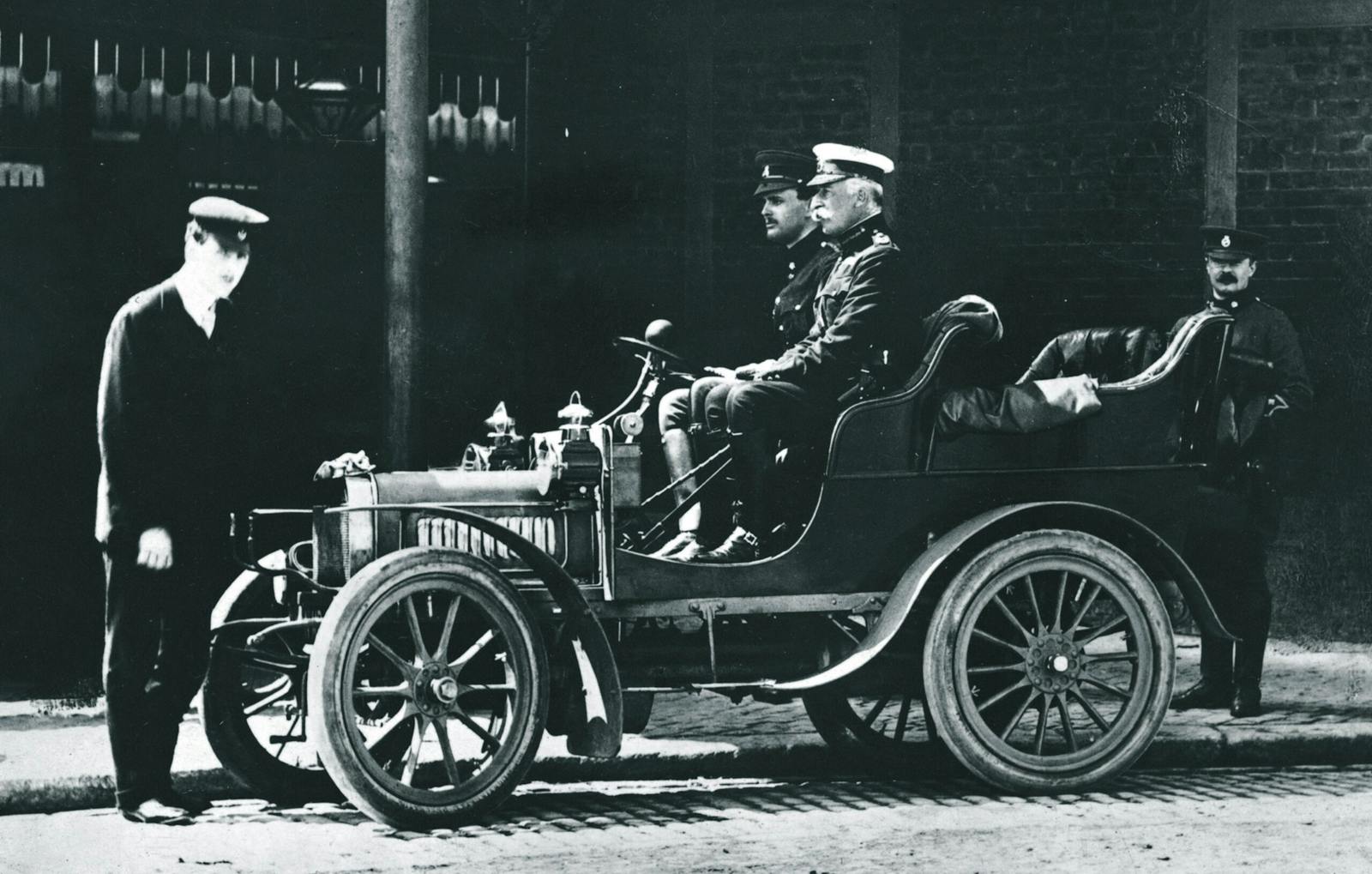Oliver: A brief beginning of the Big Green Tractor
Any country music fan knows the song, “Big Green Tractor” by Jason Aldean. Most people think of a big John Deere tractor, but when I hear it, I think of my big green Oliver. My family has a Oliver 1650 that we still run on our family farm, and it’s easily one of the most reliable tractors we own. We have four other vintage tractors, but our Oliver is for sure one of my favorites.
Mecum Auctions is selling a gem of an Oliver at its upcoming Davenport sale in late March 2020—a 1971 Oliver 1955 FWA. Before this tractor crosses the block, it’s worth digging into a bit of the company’s history.
The Oliver Cooperation has always had roots in the agricultural community and first started in 1855 when James Oliver first purchased one quarter of interest in the South Bend Foundry located in Mishawaka, Indiana according to Sherry Schaefer’s book Classic Oliver Tractors.
In 1857 Oliver and his new partner Harry Little started chilling plowshares (a method of rapidly cooling metal from a mold for manufacturing), after Oliver had an ambition to make one of the best plows in the world. This was one of the first steps the company took towards the agricultural industry, becoming known as the “Plowmaker for the world,” according to the Oliver Heritage Magazine in 2018. In the 1920s this plow started getting utilized with tractors, and Oliver formed his partnership with Hart-Parr, which was already producing tractors. After both Hart and Parr had passed away, by 1937, the turning point for these tractors came; going forward they would only display the name Oliver.

During WWII, Oliver realized that demand for tractors would increase once the war was over. Oliver turned to Waukesha Motors to develop a new engine design for this new series of tractors. These new Fleetline tractors were promoted throughout the country, boasting about the new modern features they offered.
The Oliver 1955 FWA was released to the market in 1971. Mecum lists this tractor having a Waukesha 310-cubic-inch turbocharged six-cylinder engine, which is rated at 108 PTO (power take off) horsepower. When this 11,720-pound tractor was first introduced it offered four-wheel drive and, according to Classic Oliver Tractors, was listed at $13,496. These machines had a six-speed transmission with Hydraul-shift. When you look at them in action, it’s easy to see why these impressive vehicles were—and still are—appealing. These row-crop tractors were built to be tough. They had the larger back tires to straddle rows of crops to help cultivate more than one row at a time and had the option of a three-point hitch.
The diesel tractors ran on a 6-volt battery, whereas the gasoline tractors were a 12-volt. My family had a 6-volt tractor and we ended up converting it to a 12-volt, largely because they are more reliable when it comes to starting. (There have been many times where we had to pull-start our 6-volt tractors because they would not start up right away after turning the key.)
The Oliver tractors are tough workhorses and stone-cold reliable—especially compared to more complicated modern alternatives. Mecum’s example headed to Davenport, which has been fully overhauled with lots of new parts and refreshed components, should make for a great addition to any farm.


